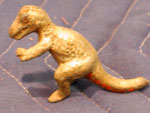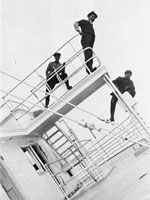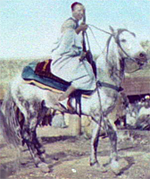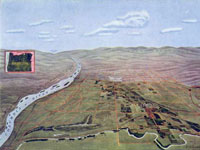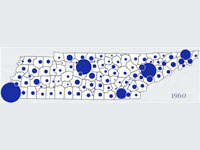The Jewish Americans

This PBS documentary provides many useful resources for teaching the long and influential history of Jewish Americans. At the heart of this video production is the struggle between identity and assimilation. While Jews in America often faced struggles integrating into new communities, their story is common to other immigrant groups and at the same time a "quintessentially American story."
The site is divided into six main sections. Educators will be particularly interested in the historical background offered in Jewish Life in America (which is divided into eleven subsections), the 30 video segments from the documentary, four lesson plans in For Educators, and links to online resources for teaching Jewish American history.
One noteworthy section of the site is Share Your Story. By allowing Jewish American viewers to submit recipes, immigration stories, or family traditions, this site provides an interactive platform that could enhance any classroom. Students can investigate, research, and conduct interviews with family or friends of Jewish heritage and submit their investigations online. Teachers will also find that the video segments, textual information, and online submission tool can work well together to compliment thematic units on immigration, ethnic identity, and moments in history specific to the Jewish experience.
